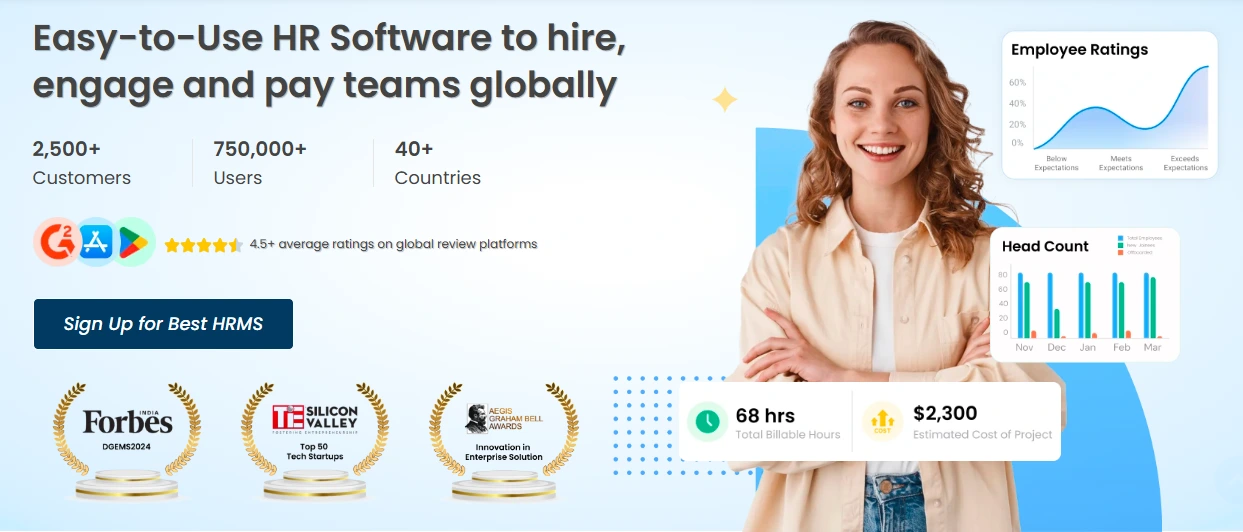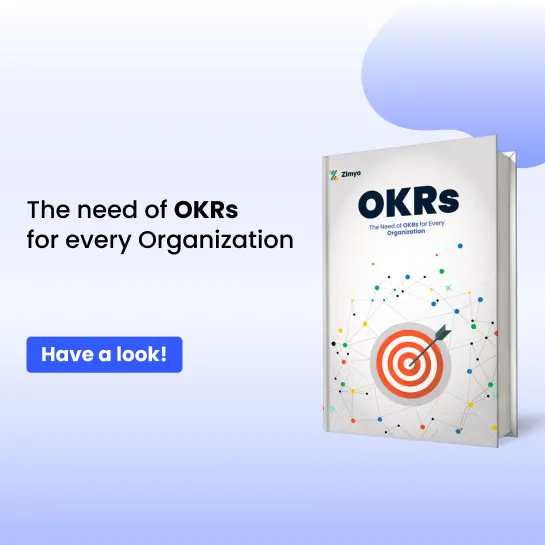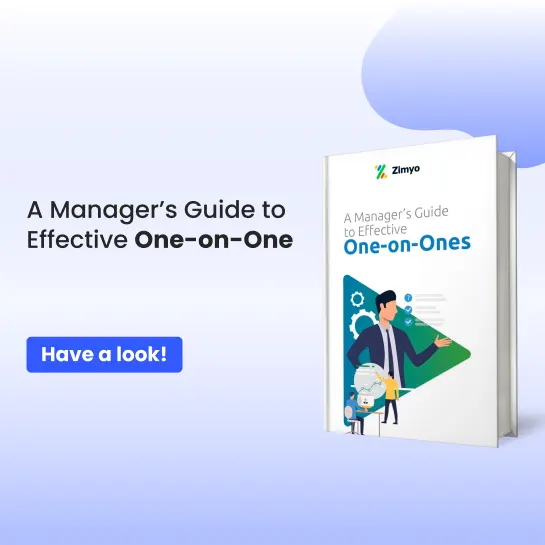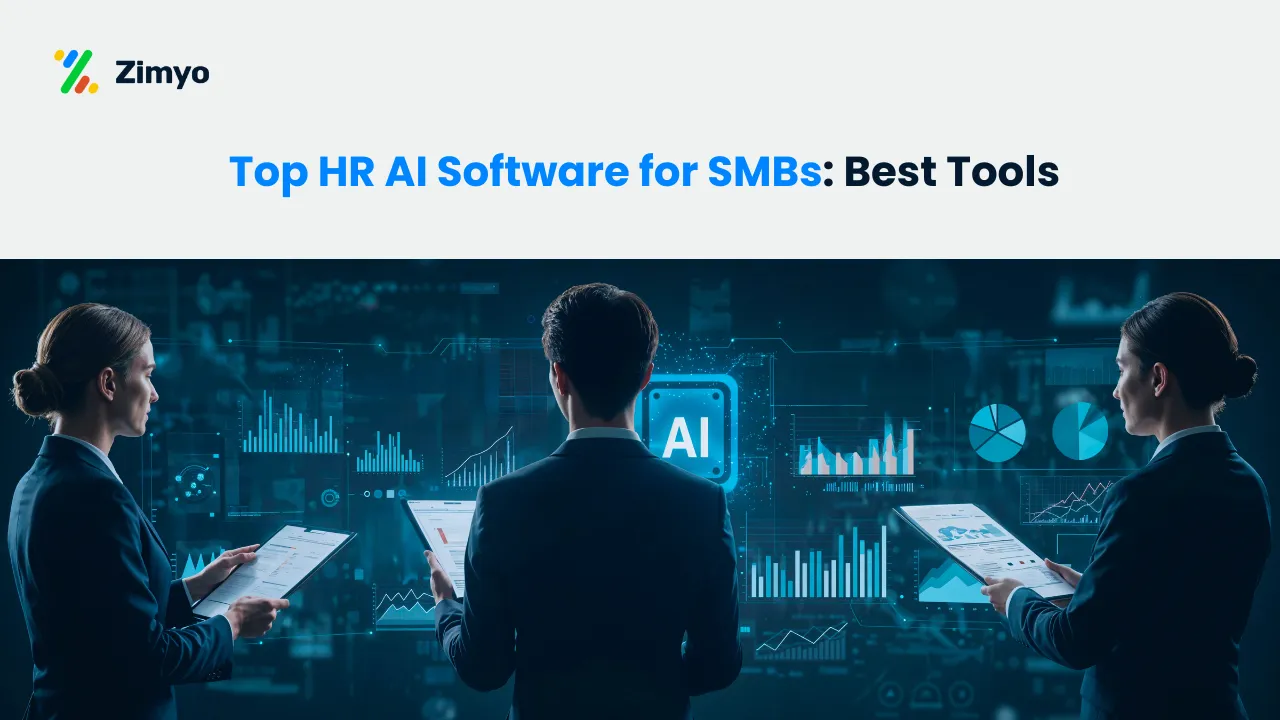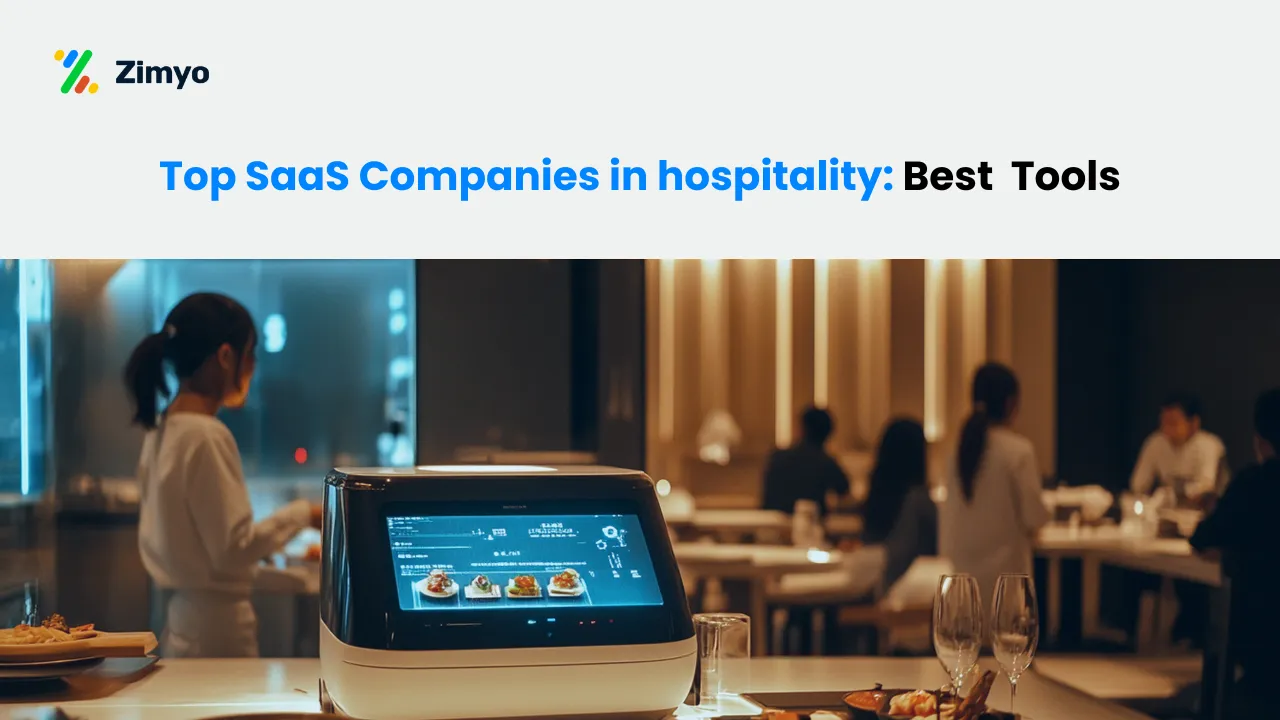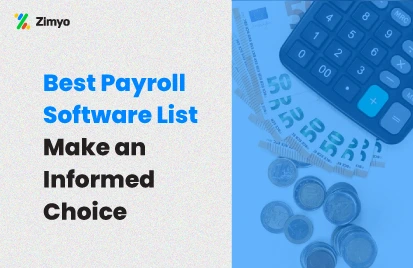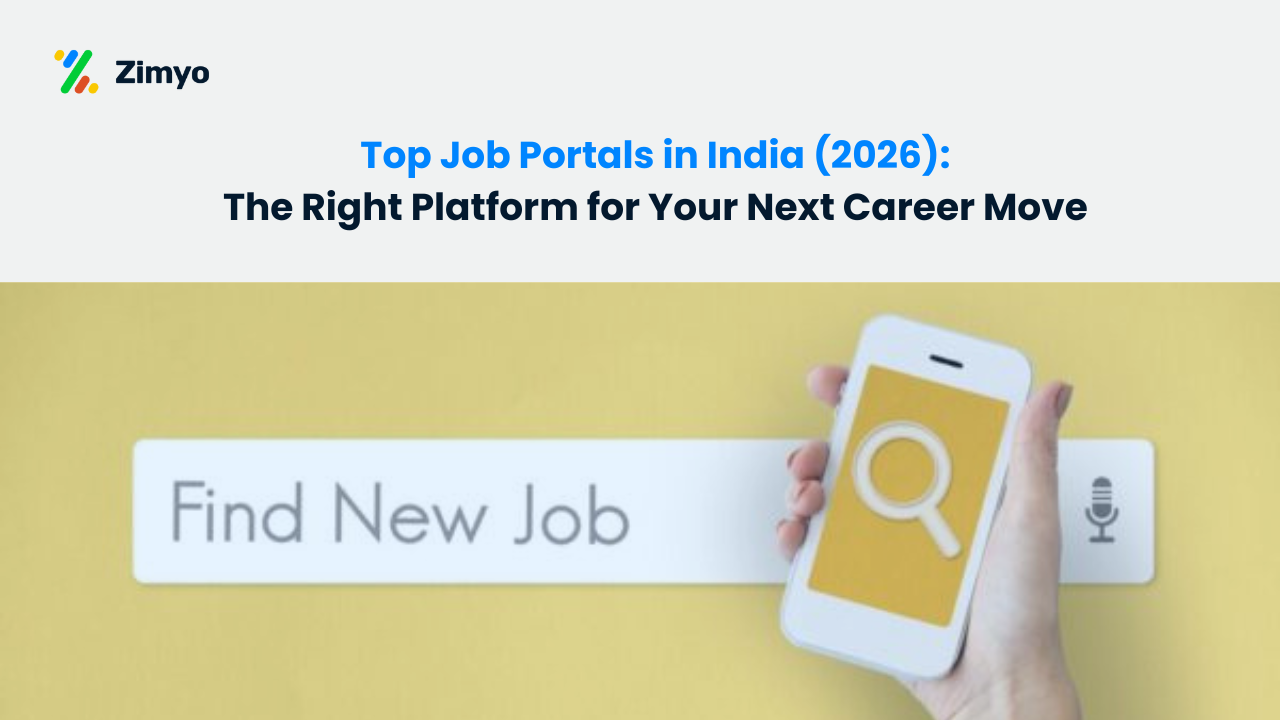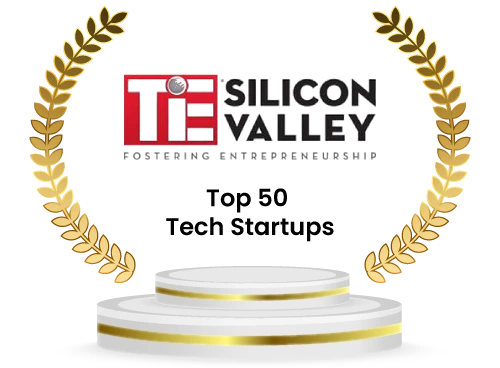Running a restaurant is challenging. From managing staff schedules, handling payroll, tracking performance, and ensuring compliance, restaurant managers have a lot on their plate. This is where the Best HR Software for Restaurants comes into play.
Using a human resource management system (HRMS) or HRIS system can save time, reduce errors, and make your HR processes smoother. Whether it’s a small café or a big restaurant chain, HR technology helps in managing employees efficiently. A strong HR system ensures proper tracking of attendance, payroll, leave, and performance. In 2026, restaurants need a Human Resources Software that is reliable, easy to use, and integrates with other restaurant systems.
List of the Best HR Software for Restaurants
Following is the list of the Best HR Software for Restaurants:
- Zimyo
- Gusto
- TriNet
- BambooHR
- Rippling
- Paycor
- Connecteam
- 7shifts
- Homebase
- KNOW
Now let us understand each of these in detail and know how they are uniquely different from each other.
Best HR Software for Restaurants: Explained in Detail
1. Zimyo
Zimyo is an all-in-one Human Resources Software that combines payroll, scheduling, performance tracking, onboarding, and compliance. It is designed for growing businesses, including restaurants and hospitality chains. With Zimyo, restaurants can replace outdated manual HR processes with a modern HR system.
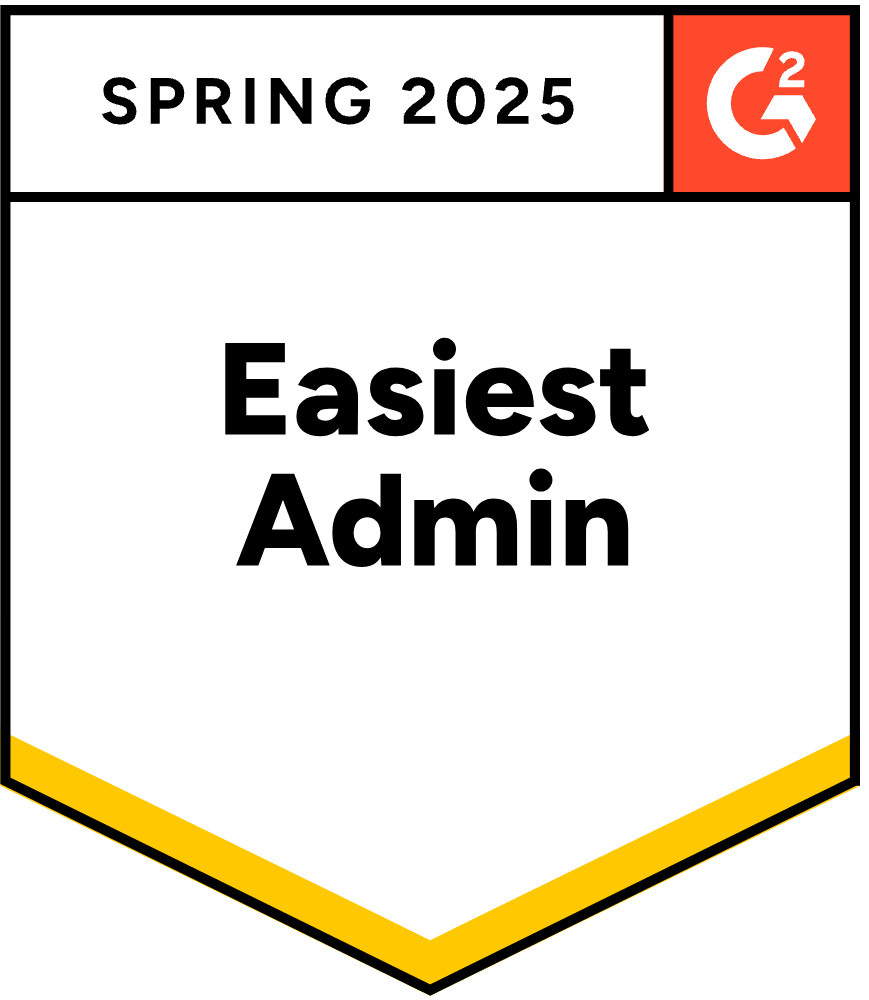
Uniquely Distinctive Features
- Payroll management with automated tax compliance
- Employee scheduling and attendance tracking
- Mobile-friendly HRMS for staff and managers
- Employee self-service portal for leave and pay slips
- Performance management and employee engagement tools
- Integration with existing restaurant systems and software
Pros and Cons
Pros | Cons |
All-in-one HRIS system | May be feature-heavy for very small cafes |
Easy-to-use and mobile-friendly | Requires onboarding to use full potential |
Strong payroll and compliance features | Pricing depends on chosen modules |
Employee engagement tools | Customization takes initial setup time |
2. Gusto
Gusto is a Human Resources Software that handles payroll, benefits, HR compliance, and employee management. It is ideal for restaurants that want a simple HRIS system with strong payroll features.
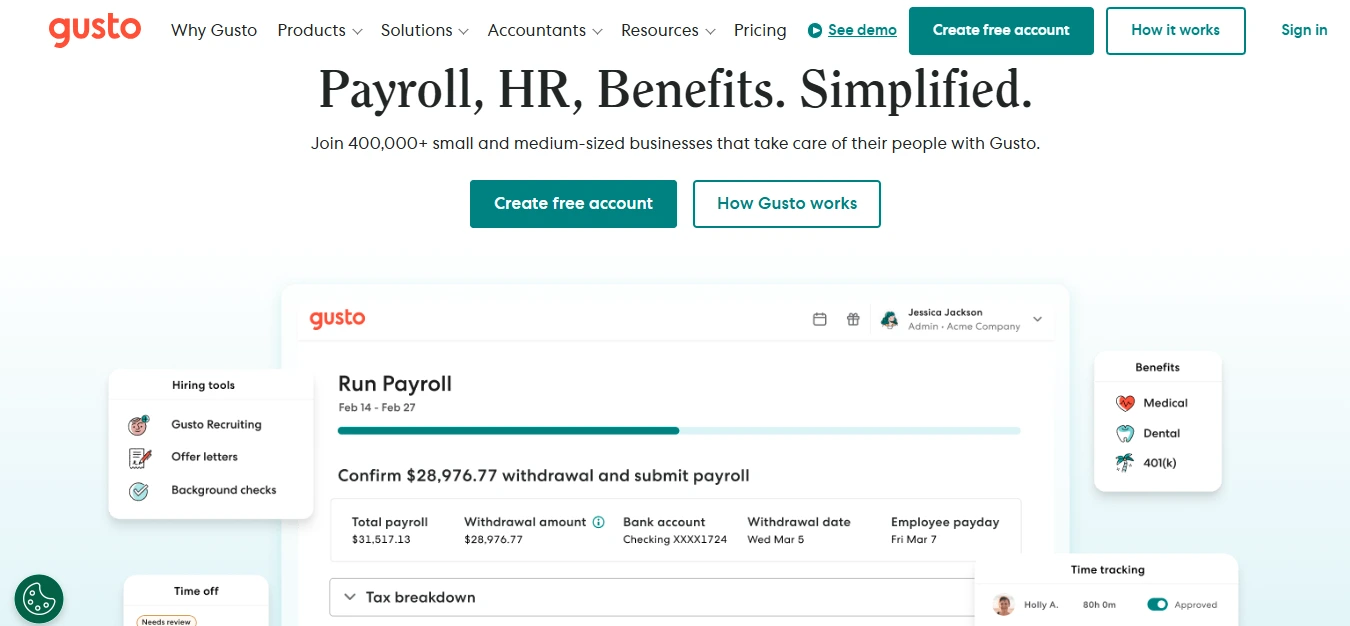
Uniquely Distinctive Features
- Automatic payroll and tax filing
- Employee self-service portal
- Benefits management (health, dental, vision)
- Time tracking integration
Pros and Cons
Pros | Cons |
Easy-to-use interface | Limited advanced HR analytics |
Payroll automation | No POS integration |
Good for small to medium restaurants | Pricing slightly higher for large teams |
3. TriNet
TriNet provides full human resource management system (HRMS) support, including HR, payroll, compliance, and risk management. It is ideal for new restaurants that need a scalable HR technology solution.
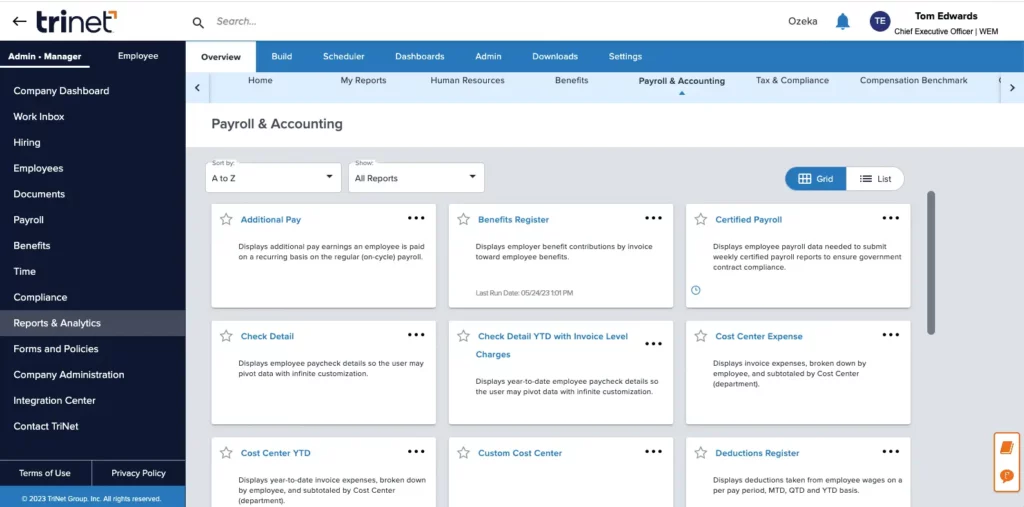
Uniquely Distinctive Features
- Employee benefits management
- Risk and compliance management
- Training and onboarding modules
Pros and Cons
Pros | Cons |
Scalable HR system | More expensive than some other HR Software |
Offers benefits and compliance support | May be complex for very small restaurants |
4. BambooHR
BambooHR is a popular HRIS system focused on employee management, hiring, and reporting. It is simple and intuitive, making HR management easy for restaurant teams.
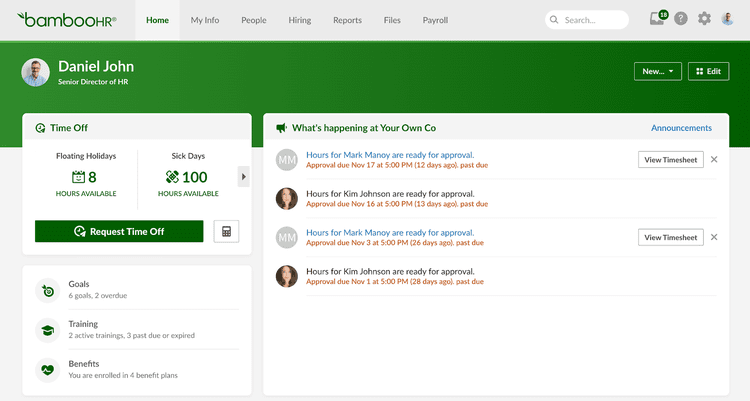
Uniquely Distinctive Features
- Onboarding and applicant tracking
- Performance management tools
- Employee self-service
- Reporting and analytics
Pros and Cons
Pros | Cons |
Excellent onboarding features | Payroll integration requires extra tools |
Easy-to-read reports | Limited native scheduling features |
5. Rippling
Rippling is a complete human resource management system (HRMS) offering HR, payroll, IT management, and automation. It is ideal for restaurants looking for a tech-forward HR system.
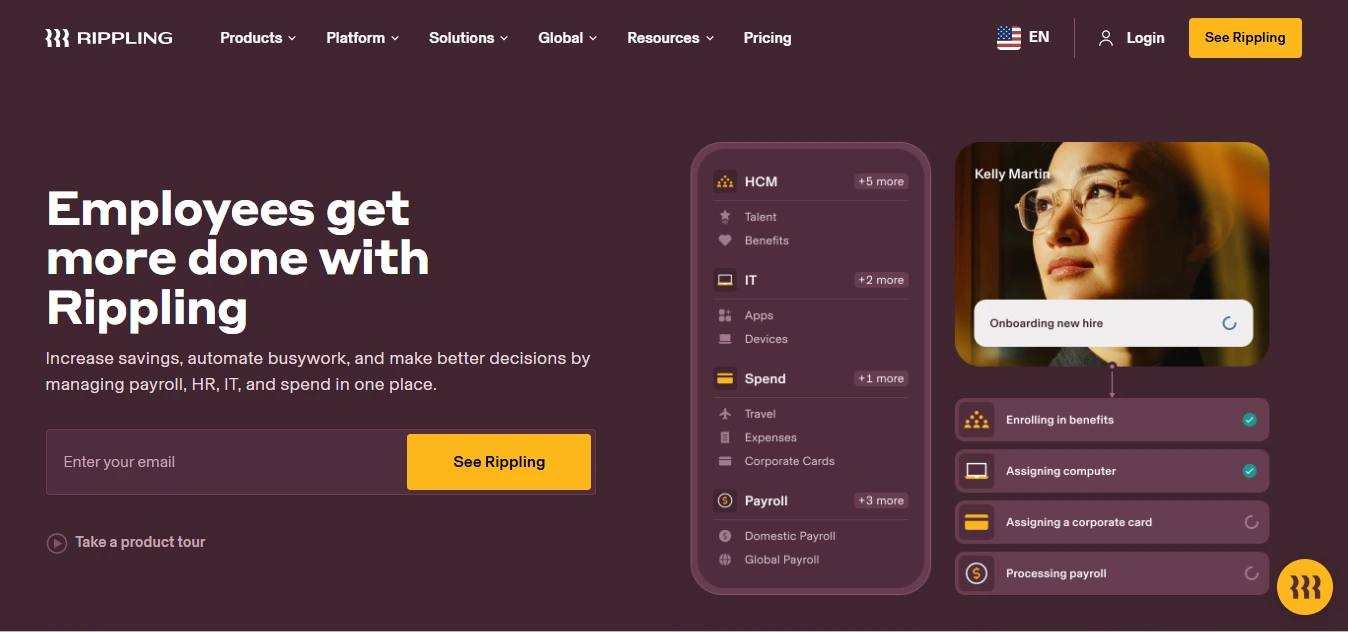
Uniquely Distinctive Features
- Payroll and benefits automation
- IT and app provisioning
- Time tracking and attendance
- Compliance management
Pros and Cons
Pros | Cons |
All-in-one HR Software | Can be complex for very small teams |
Strong automation features | Price may be high for smaller restaurants |
6. Paycor
Paycor is a Human Resources Software that focuses on HR, payroll, and workforce management. It is suitable for restaurants that want insights from data and analytics.
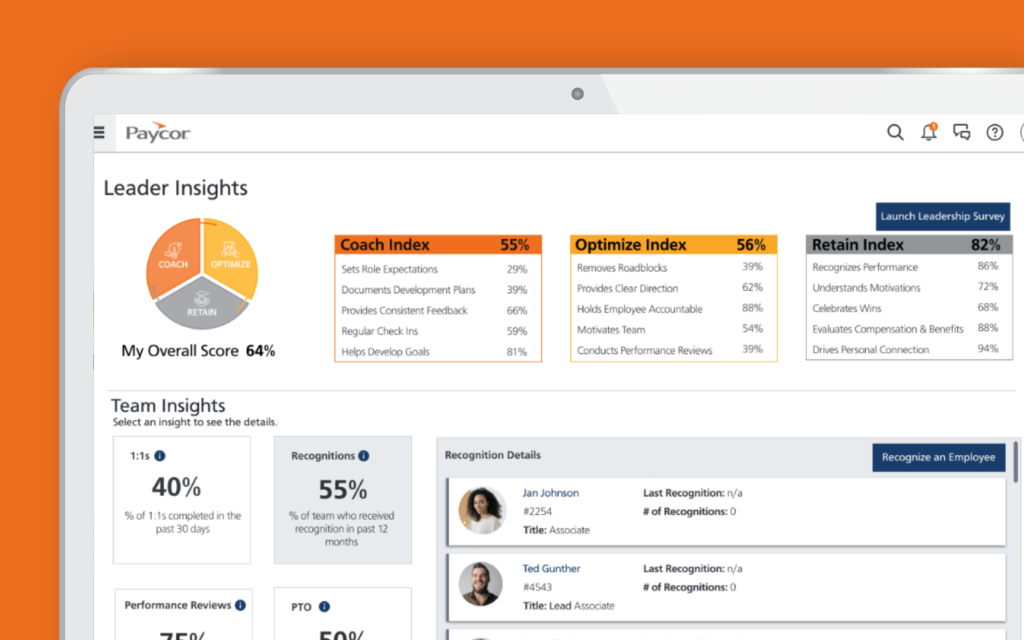
Uniquely Distinctive Features
- Payroll and tax management
- HR analytics and dashboards
- Time and attendance tracking
Pros and Cons
Pros | Cons |
Strong analytics | Some features need separate modules |
User-friendly HR system | Slight learning curve for new users |
7. Connecteam
Connecteam is a mobile-first HRIS system built for restaurant operations. It helps manage teams efficiently with communication and task management tools.
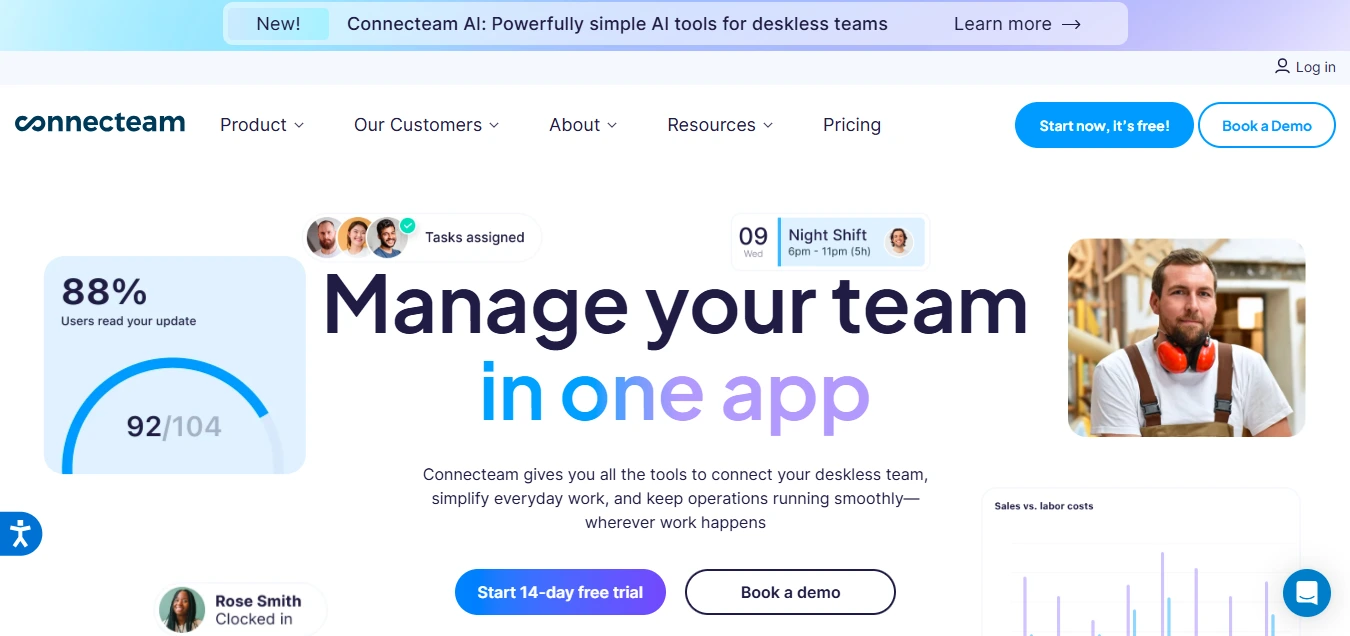
Uniquely Distinctive Features
- Mobile scheduling
- GPS time tracking
- Task and checklist management
- Employee communication portal
Pros and Cons
Pros | Cons |
Ideal for mobile workforce | Limited payroll options |
Task management included | Not all advanced HR features |
8. 7shifts
7shifts is a restaurant-focused HR system designed for scheduling, labor management, and team communication.
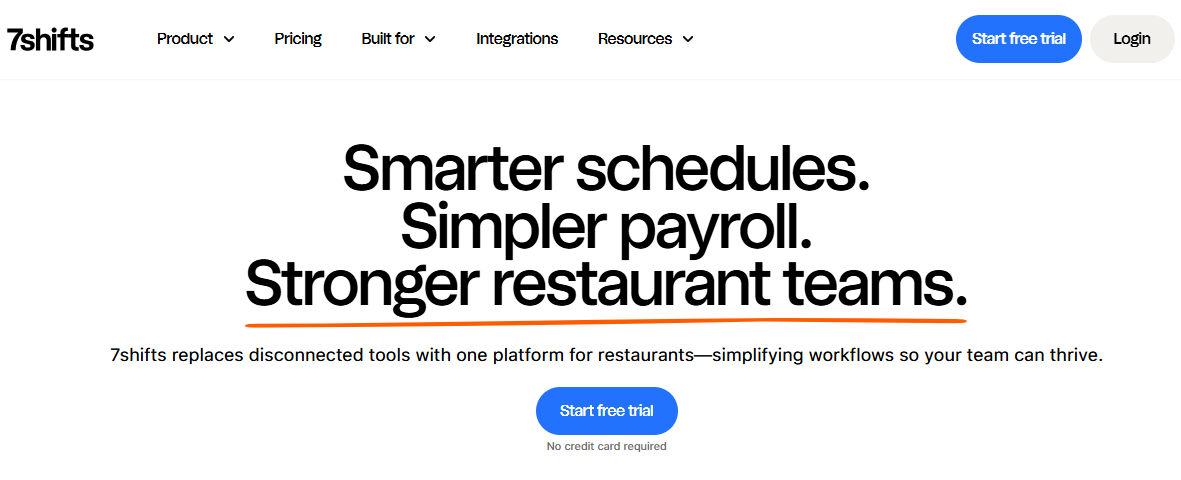
Uniquely Distinctive Features
- Shift scheduling and labor optimization
- Employee messaging
- POS integration
- Time clock and attendance tracking
Pros and Cons
Pros | Cons |
Excellent scheduling tools | Limited full HR features |
POS integrations | Payroll requires extra setup |
9. Homebase
Homebase is a simple Human Resources Software for small restaurants. It focuses on scheduling, time tracking, and payroll.
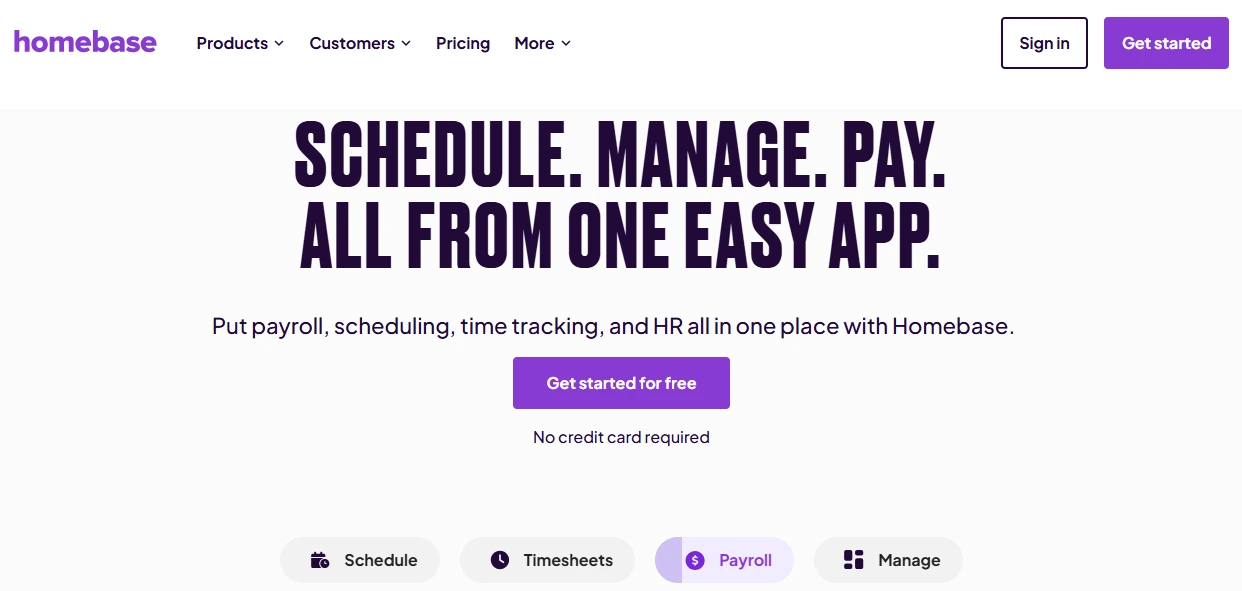
Uniquely Distinctive Features
- Free and paid plans for small businesses
- Shift scheduling and alerts
- Payroll integration
- Team communication tools
Pros and Cons
Pros | Cons |
Easy to use | Not ideal for large chains |
Affordable | Limited HRIS features |
10. KNOW
KNOW is a human resource management system (HRMS) that offers time tracking, scheduling, and compliance tools for restaurants.
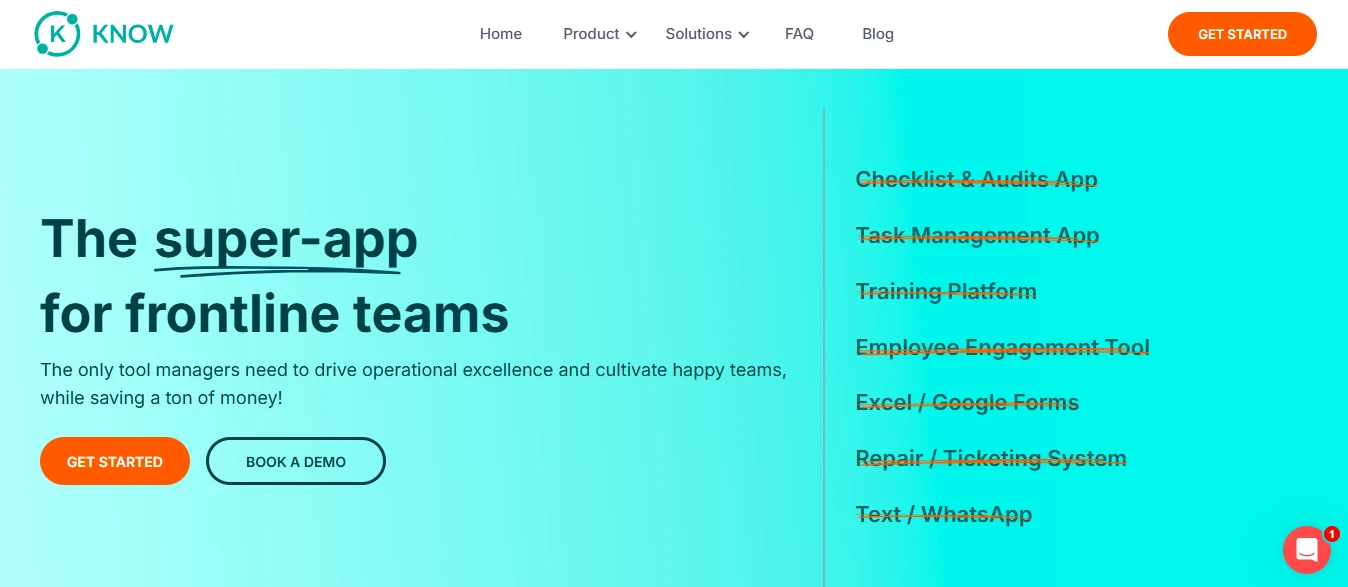
Uniquely Distinctive Features
- Task and checklist management
- GPS attendance
- Training modules
- Compliance alerts
Pros and Cons
Pros | Cons |
Focused on restaurant operations | Smaller user base |
Good compliance tools | Limited advanced HR analytics |
Here you go… These were the 10 best HR Software for Restaurants. For your ease of comparison while deciding, we have designed an efficient tabular representation of the best HR Software for Businesses.
Best HR Software Comparison for Restaurants 2026
Here is a detailed comparison table for Best HR Software for Restaurants in 2026:
Software | Payroll | Scheduling | Benefits | Analytics |
Gusto | Yes | Limited | Yes | Basic |
TriNet | Yes | Yes | Yes | Moderate |
BambooHR | No | Limited | Yes | Strong |
Rippling | Yes | Yes | Yes | Strong |
Paycor | Yes | Limited | Yes | Strong |
Connecteam | No | Yes | No | Basic |
7shifts | Limited | Yes | No | Basic |
Homebase | Yes | Yes | Limited | Basic |
KNOW | Limited | Yes | No | Basic |
Inevitable Features to Look for in HR Software
There are certain inevitable features that you must look for in HR Software. Following are those features:
- Payroll automation and tax compliance
- Employee scheduling and time tracking
- Performance management and reporting
- Employee self-service portal
- Integration with POS systems
- Compliance alerts and HR reporting
- Mobile access for managers and staff
Steps to Choose the Best HR Software for Restaurants
Choosing an HR Software for restaurants is a step-by-step process, and you must follow each of these following steps while examining every other software:
- Identify your restaurant size and needs
- Compare features like payroll, scheduling, and HR analytics
- Check for POS integration and mobile access
- Look for scalable HR technology for future growth
- Test with demos or free trials
- Evaluate cost vs. value for your restaurant
Conclusion
Choosing the Best HR Software for Restaurants in 2026 is essential to save time, reduce errors, and improve team management. Whether you need a simple HRIS system like Homebase, a scalable human resource management system (HRMS) like Rippling, or a restaurant-focused scheduling tool like 7shifts, the right HR system can transform your restaurant operations.
Investing in HR Software and Human Resources Software ensures that your staff is happy, processes are smooth, and your restaurant runs efficiently. With the right HR technology, restaurants can focus on what they do best—serving great food to their customers.
Frequently Asked Questions (FAQs)
What is the best software for restaurant management?
The best software for restaurant management depends on whether you want operations-focused tools (POS, inventory, billing) or HR Software (payroll, scheduling, team management).
- For overall restaurant operations, top names include Zimyo, Toast, Square for Restaurants, and Lightspeed.
- For HR and workforce management, the Best HR Software for Restaurants are Zimyo, Gusto, 7shifts, Connecteam, and BambooHR.
So, the “best” really depends on whether you are solving sales and inventory problems or HR and employee management challenges.
What is the most used HR software?
Globally, some of the most used Human Resources Software are:
- Zimyo (very popular among small restaurants and retail businesses)
- BambooHR (widely used HRIS system for small and medium businesses)
- ADP (used by larger enterprises)
- Gusto (growing fast among SMEs, including restaurants, because of its simple HRMS features).
These are the most used because they combine HRMS, payroll, and compliance in one system.
Which software is used in restaurants?
Restaurants usually use two types of software:
1. Restaurant Management Software (POS + operations):
- Zimyo
- Square for Restaurants
- Lightspeed
- TouchBistro
2. HR Software for Restaurants (HRIS + HRMS):
- Zimyo
- 7shifts
- Homebase
- Connecteam
- Gusto
This combination ensures smooth operations + HR technology working together.
What are the three top HRIS systems?
The top three HRIS systems in 2026 are often ranked as:
- Zimyo– best for employee management and reporting
- Gusto – best for payroll and compliance
- ADP– best all-in-one HRMS for small and medium businesses, including restaurants
These three are considered the leaders because they simplify human resource management system (HRMS) processes, reduce manual work, and improve employee experience.

